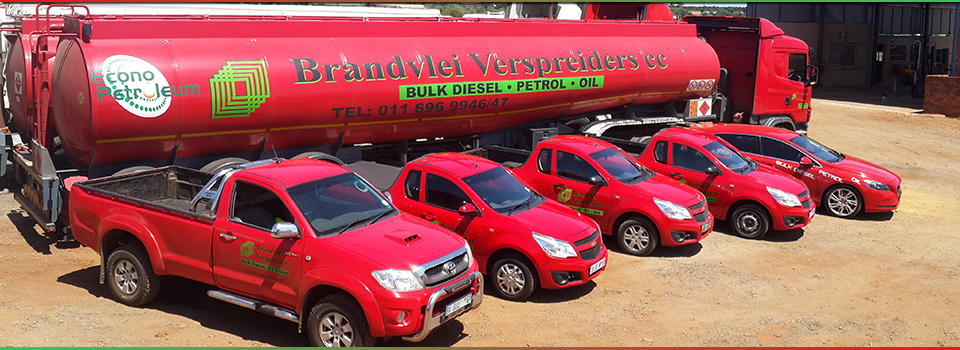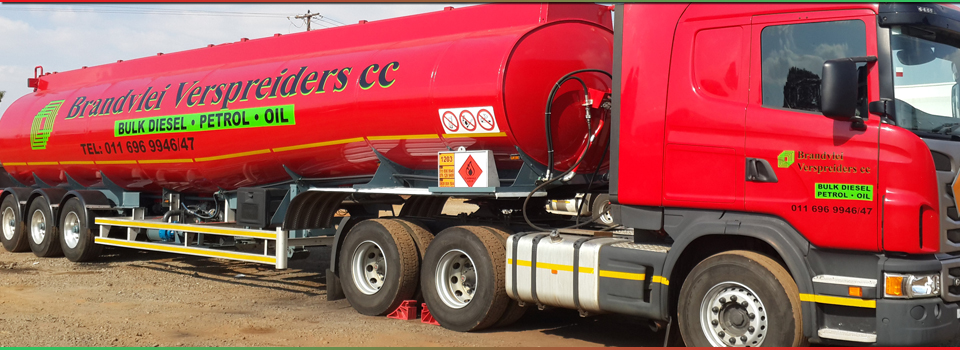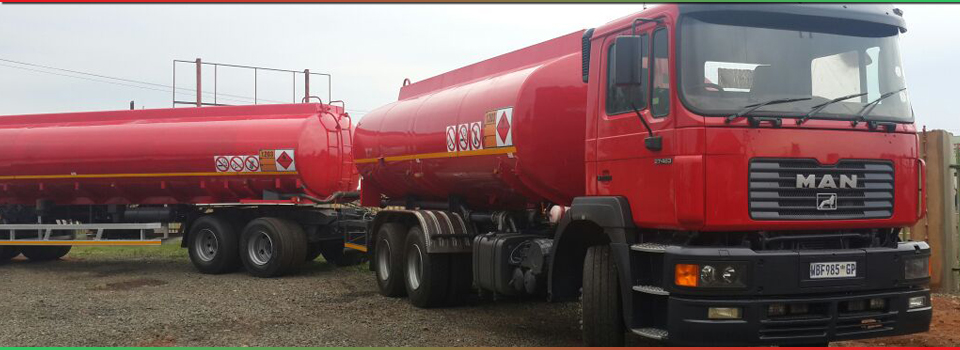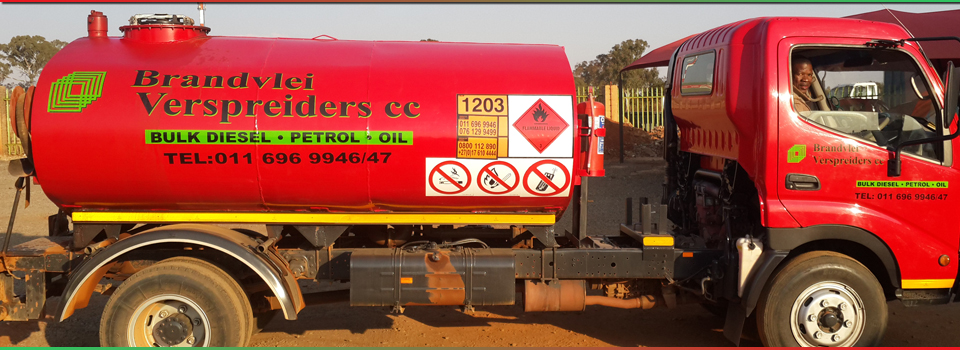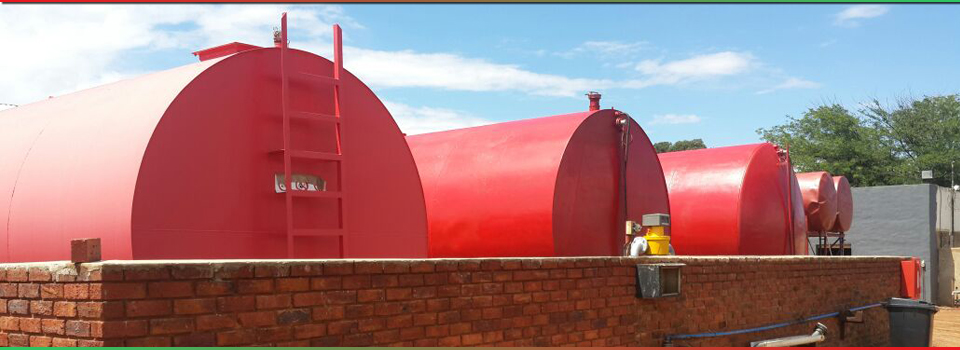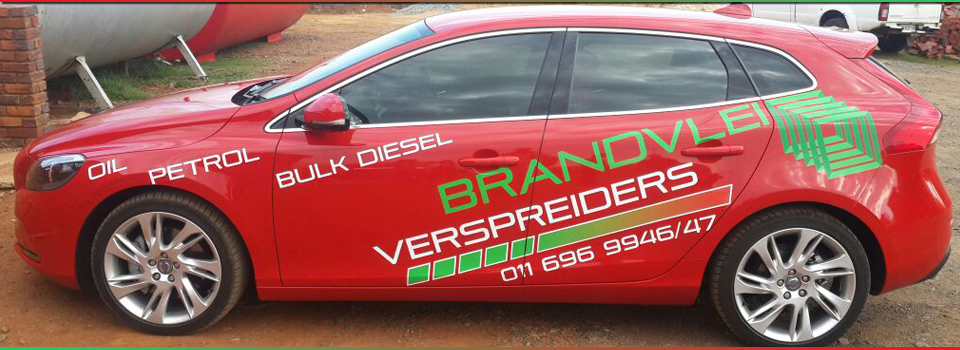Setting your own direction for a Clean-Fuel Commercial Fleet
Diesel Retrofits
Diesel retrofits reduce emissions of existing diesel engines through engine re-powering or establishment of after-burn technologies. Examples incorporate, however are not constrained to: diesel oxidation catalysts (DOCs), catalytic exhaust mufflers, catalytic converters, closed crankcase ventilation/filtration frameworks, active or passive-regeneration diesel particulate filters (DPFs), and selective catalyst reduction technology (SCRT).
Level 2 and Level 3 retrofit innovation applications are preferred where possible, on the grounds that they reduce particulate matter emissions by 50% or more in numerous 2009 and older diesel engines. On-road applications incorporate buses, trucks, service and utility vehicles. Off-roads applications incorporate construction hardware and some post-2009 off-road engines are also eligible for retrofit. It’s very critical especially in this era of global warming to develop a culture to use clean fuel and have corporate responsibility in preserving our environment.
Idle Reduction
The Idle reduction technology decrease fuel usage and emissions by turning a vehicle’s engine when it is not required. There are two principle types of idle technology: those that are installed as a component of a vehicle and those that vehicles connect to when parked.
Mobile idle reduction technology include: advanced batteries that power on-board equipment while an on-road vehicle is stopped, direct-fired heaters, auxiliary power units (APUs), and automatic engine idle reduction frameworks. Excellent applications incorporate on-road vehicles that may idle when stopped for extended periods, for example, delivery trucks, school buses, police and other emergency vehicles.
Stationary advancements incorporate truck stop electrification (TSE), by and large utilized for Class 8 (tractor trailer) trucks. TSE alludes to a framework that operates independently of the truck’s engine and allows the truck engine to be turned off. The TSE framework gives off-board electrical energy to operate an independent heating, cooling, and electrical power system or a vehicle-integrated heating and cooling system.
Telematics
Telematics frameworks lead to improvement in fuel proficiency (and subsequently, reduced emissions) by monitoring miles driven; fuel economy; idle time; driver behaviour that can affect fuel use, for example, hard starts and stops; and status of on-board vehicle frameworks. Service charges (e.g., month to month subscription or administration fees) exist in addition to hardware and installation costs.

